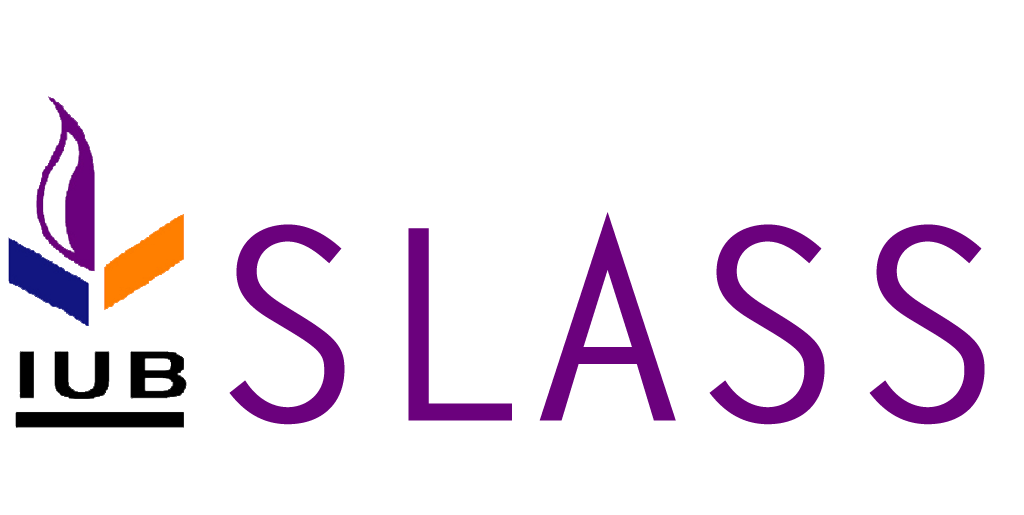Development Communication
| Major Courses | ||
| Foundation Courses | 37 credits | |
| Major Courses | 66 credits | |
| Core | 39 credits | |
| Stream | 27 credits | |
| Internship | 6 credits | |
| Minor Courses | 15 credits | |
| LFE | 3 credits | |
| Total | 127 credits | |
| Core Courses – 39 credits | ||
| Stream 4: Development Communication |
This course is designed to acquaint you with a number of different theoretical perspectives on development and development communication. We begin with considerations of different paradigms of development as well as role of communication in development in different paradigms. Another important focus of this course is to identify the role and impact of diverse range of media outlets on various aspects of development.
The course explores the roles of communication in the context of the environmental movements and climate change issues. Exploration of environmental advocacy will highlight the history of environmental movements in Bangladesh and other parts of the world. Topics include: discursive framing of environmental issues, media and environment, advocacy campaigns for environmental development; global communication and local environment in term so of climate change.
Development support communication presents the fundamentals of planning, research, monitoring, and evaluating cross-cutting C4D interventions. Various stages of the programme cycle are covered, emphasizing the role of research and strategic planning in order to achieve results. Students will gain basic knowledge of C4D–its principles, history, theory, research methods, planning models and approaches to equip them with workplace competencies needed by development organizations.
The course is designed to help students appreciate the strategic relevance of organizational communication in diverse areas, such as, development communication, human resource management. It provides insights into various domains of organizational organization, such as, change communication, conflict communication, crisis communication and communication in decision-making. It further explores linguistic devices used in organizational rhetoric, giving particular attention to how Public Relations can be used to generate goodwill.
The course aims at introducing students to the fundamentals of health and population communication strategies. The focus will be on relational analysis, behavior change communication (BCC), homophile and heterophile in communication, taboo communication, stress, intimate relationships and communication, effective strategies to combat STD, communication related issues of HIV/AIDS and issues relating to population change and health communication related theories.
If development is access to resource, be it access to income, clean water, health care, proper education or even a healthy environment, the rural areas of the world lose out. Although urban areas are also home to a significant percentage of poor people, there can be no disagreement regarding the fact that urban settlements have access to better public services, enjoy relatively higher income levels, lower infant mortality rates and longer life expectancies.
As a subject, rural development is an infant, especially at the undergraduate level in not just Bangladesh, but worldwide. There are relatively few places where it is taught and few textbooks and research has focused on developing countries. But the scope of the subject is potentially vast and very relevant to the field of development in Bangladesh.
This course will explore the differences and similarities in communication styles by gender. Students will analyze communication situations and the effect that culture and socialization play on the development of communication styles, behaviors and attitudes. Emphasis will be placed on communication in the workplace, but will also touch on friendships and romantic relationships. Students will be familiarized with the complex ways in which communication and gender interact. Attention will be given to the socially endorsed views of masculinity and femininity. The course discusses gender differences, sex roles, and sexual stereotypes in communication.
The course is focused on the nature and practice of development journalism in South Asia. It covers the art and science of in-depth and investigative reporting on the development related issues and also the filing of in-depth stories on the dynamics of underdevelopment in the South Asian region.
This course will put emphasis on the issues relating to development, growth, poverty alleviation, environmental issues and underdevelopment in the SAARC region.
This course assesses concepts, theories and substantive developments associated with new media in the digital age. It covers the nature of the Internet and network society, linking technological changes in communications with sociological transitions. It focuses on the multimedia characteristics of the contemporary communications environment.

